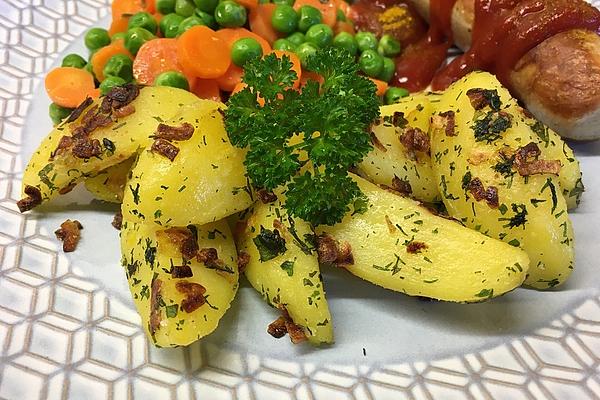Benefits of Buckwheat and Its Side Effects
by Editorial Staff
Although buckwheat is often referred to as a popular grain, in fact, it is not, but refers to "pseudo-grains". Buckwheat is a fruit seed, but because it contains a lot of complex carbohydrates, it is often classified as a whole grain. This unpretentious annual herb was brought from India. Buckwheat does not contain gluten (gluten), and its closest relatives are rhubarb and sorrel.
Contents
- Editor's Recommendation: Top 20 Best Dried Buckwheat
- How is Buckwheat Useful for You?
- Benefits of Buckwheat for Men
- Benefits of Buckwheat for Women
- The Benefits and Harms of Buckwheat Porridge for the Elderly
- The Benefits of Buckwheat for Athletes and for Those Who Want to Lose Weight
- The Benefits of Green and White Buckwheat
- How to Cook Buckwheat for Maximum Benefit
- What is Buckwheat Harmful and What are the Contraindications?
Editor's Recommendation: Top 20 Best Dried Buckwheat
- #PreviewProductRating
- Bestseller No. 1
- Bestseller No. 2
- Bestseller No. 3
- Bestseller No. 4
- Bestseller No. 5
- Bestseller No. 6
- Bestseller No. 7
- Bestseller No. 8
- Bestseller No. 9
- Bestseller No. 10
- Bestseller No. 11
- Bestseller No. 12
- Bestseller No. 13
- Bestseller No. 14
- Bestseller No. 15
- Bestseller No. 16
- Bestseller No. 17
- Bestseller No. 18
- Bestseller No. 19
- Bestseller No. 20
In cooking, buckwheat groats are used (kernel, prodel, flakes). Buckwheat flour is added to baked goods, pancakes, pasta.
In some countries, buckwheat leaves and shoots are eaten.
The beneficial properties of buckwheat are completely determined by its components. In terms of chemical composition, buckwheat is a valuable product that contains many important trace elements.
Also, buckwheat contains manganese, molybdenum, cobalt, nickel, titanium, selenium, iodine, silicon, sulfur, etc.
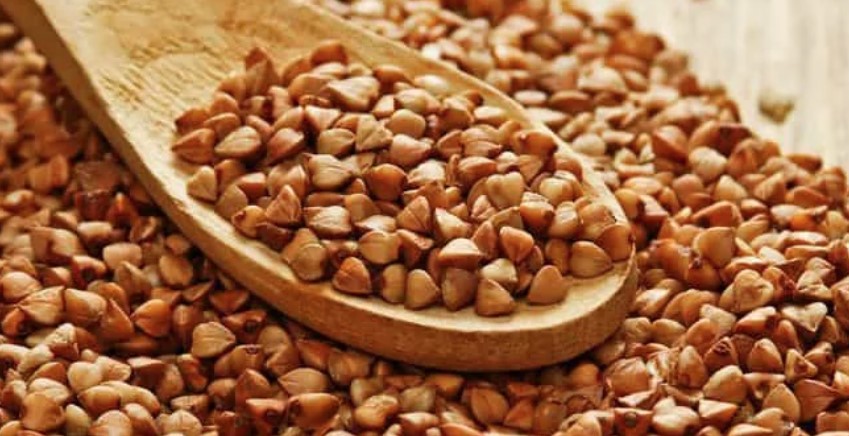
And buckwheat also contains a lot of vitamins: A, D, C, E, B1, B2, B3, B5, B6, B9 (folic acid), P (rutin), PP (niacin).
The amino acid composition of buckwheat is also rich. It contains at once the entire list of essential amino acids (those that are not synthesized in the human body but come only with food): tryptophan, threonine, isoleucine, leucine, lysine, methionine, phenylalanine, valine, histidine.
100 g of raw buckwheat contains 330 kcal, proteins - 12.6 g, fats - 3.3 g, carbohydrates - 57.1 g, dietary fiber - 11.3 g.
Despite the benefits of this cereal, its use should be rational, since the energy value is quite high. You can assess the harm and benefits of buckwheat for a specific disease by consulting a dietitian or nutritionist.
Buckwheat husk and seed coat of grain are used as hypoallergenic filler for children's orthopedic pillows and mattresses. Buckwheat leaves and flowers are raw materials for the pharmaceutical industry. A unique drug is extracted from them - rutin (vitamin P). In folk medicine, a medicinal decoction or infusion is made from buckwheat flowers and leaves.
How is Buckwheat Useful for You?
Is buckwheat porridge good for you? Nutritionists recommend eating buckwheat 2-3 times a week to prevent various diseases of systems and organs.
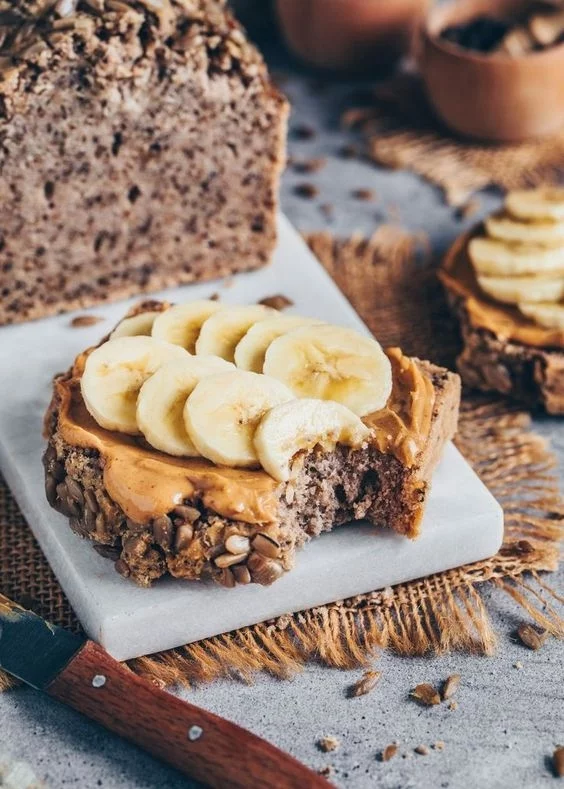
Heart health.
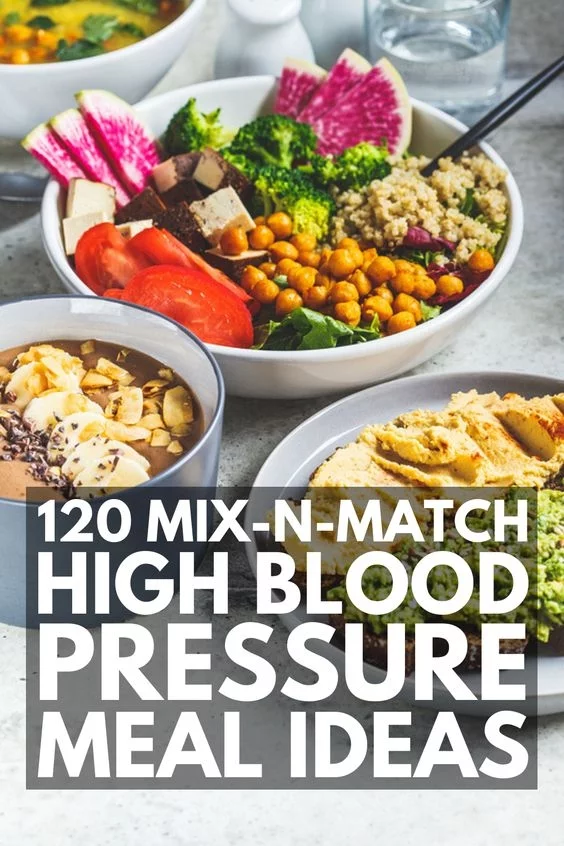
Heart health. Vitamins, trace elements, fiber, polyunsaturated fatty acids, and phospholipids contained in buckwheat, in combination, reduce blood cholesterol levels, regulate blood pressure, strengthen and increase the elasticity of the walls of veins and arteries, prevent the formation of blood clots and atherosclerotic plaques, reduce the risk of heart attack or stroke.
Nervous system disorders

Nervous system disorders. It is assumed that buckwheat helps to improve the psycho-emotional state, normalize sleep. These effects are achieved due to the content of B vitamins, magnesium, manganese, and the amino acid tryptophan in its composition. They are involved in the natural production of the neurotransmitters serotonin and dopamine and soothe the pain. This product is an excellent source of magnesium (100 g of cereals contain 231 mg of Mg), which is very important for the functioning of the nervous system.
Disorders of the gastrointestinal tract
Disorders of the gastrointestinal tract. The benefits of buckwheat for the stomach are as follows. Insoluble dietary fiber in buckwheat stimulates intestinal peristalsis, promotes the growth and reproduction of beneficial microorganisms that inhabit the intestines. Organic acids in combination with magnesium and flavonoids help to improve bile formation and bile secretion, stimulate the production of pancreatic juice. And phospholipids and amino acids help protect the liver. Soluble dietary fiber binds bile acids and removes them from the body naturally, thereby lowering blood cholesterol levels, which is extremely important in the prevention of cardiovascular diseases.
Diseases of the musculoskeletal system
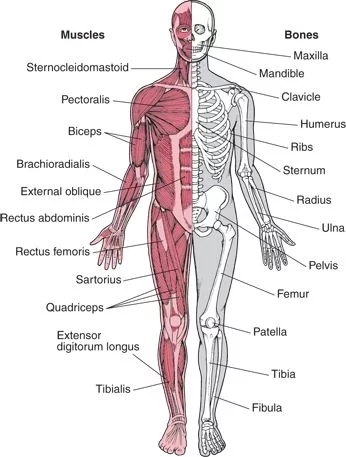
Diseases of the musculoskeletal system. The buckwheat grain contains a large number of minerals that help to strengthen the osteo-ligamentous system. These are calcium, phosphorus, silicon, copper, sulfur, zinc. In addition, some substances have a regenerating effect. These are carotenoids, flavonoids, vitamin E.
Anemia
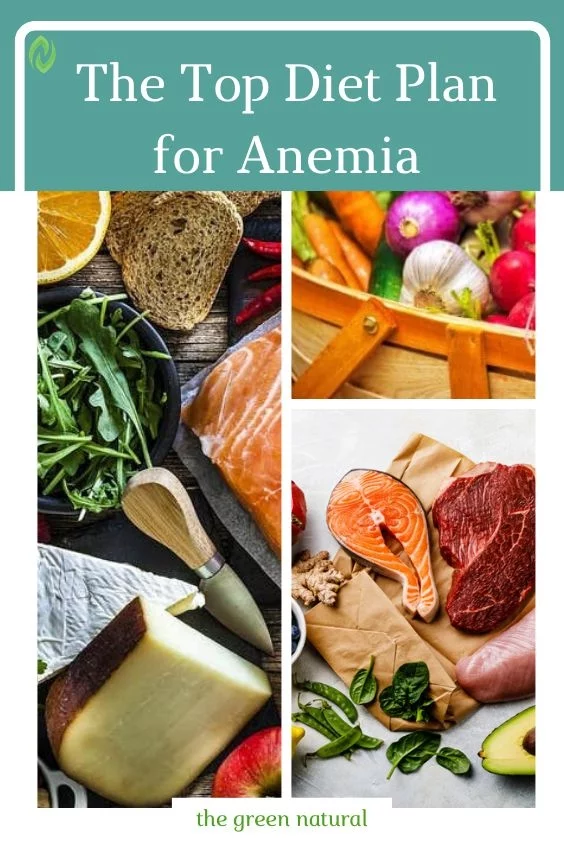
Anemia. This is a condition of the body in which the level of hemoglobin in the blood decreases. Iron (6.7 mg per 100 g), B vitamins, rutin, manganese contained in buckwheat help in the prevention of iron deficiency and B12-deficiency anemia. Despite the fact that iron is absorbed more efficiently from animal products, always remember the rule "the more varied the diet, the better."
Vitamins

Improving the condition of skin, hair, and nails. Vitamins, trace elements, rutin stimulates the natural synthesis of collagen.
Immunity
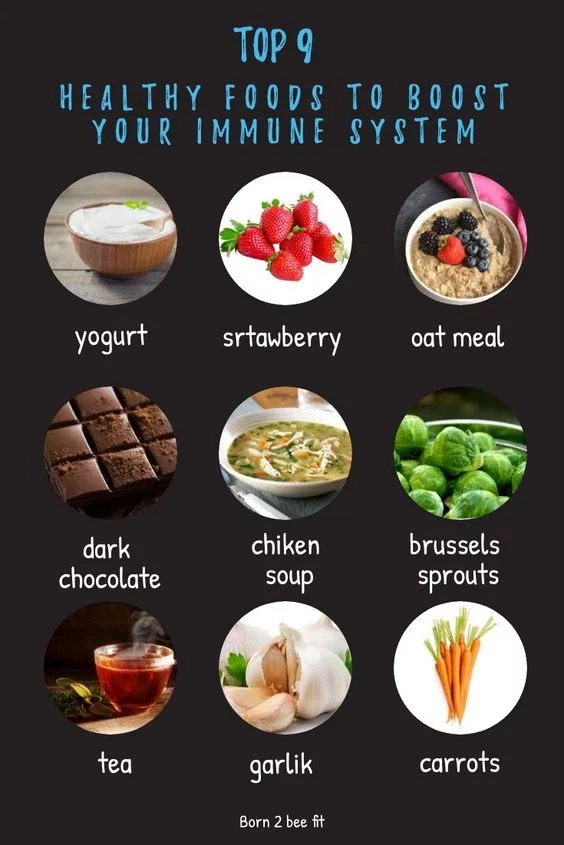
Immunity boosting, detoxification. During the period of colds, after an illness, it is useful to supplement the diet with buckwheat. In different forms, it is included in therapeutic diets (tables). Buckwheat helps to cleanse the body of harmful substances, has an antioxidant effect, and increases the body's resistance.
Blood sugar control
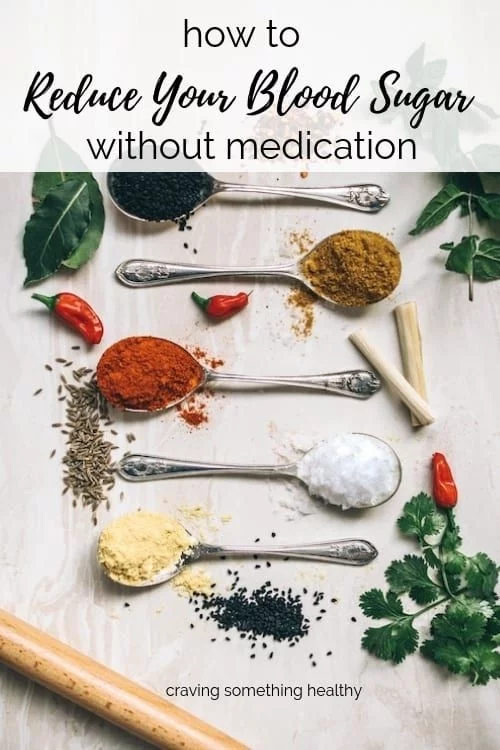
Blood sugar control. B vitamins, phospholipids, amino acids methionine, arginine, and threonine help to improve lipid metabolism and prevent the formation of fatty deposits. Buckwheat is a source of resistant starch (the one that does not turn into glucose in the intestines) and complex carbohydrates. They create a lasting feeling of fullness. Buckwheat is a good source of fiber with a low/medium glycemic index. This means that for most people with type 2 diabetes, buckwheat is safe to consume. The load on the pancreas does not increase. In addition, again, it should be noted that buckwheat contains complex carbohydrates, so it raises and lowers sugar levels slowly, therefore, we feel cheerful and satiated longer and we are not tempted to overeat. Excess weight is a risk factor for the development of obesity, cardiovascular diseases, and diseases of the musculoskeletal system.
Benefits of Buckwheat for Men
Buckwheat helps to maintain male physical activity, increase endurance, and build muscle mass. Potassium, magnesium, phosphorus, calcium, and vitamin E, which are contained in buckwheat grain, contribute to the improvement of the body's musculature. The amino acid arginine present in buckwheat stimulates the synthesis of muscle protein and also helps to reduce body fat.
Buckwheat has a positive effect on blood circulation, strengthens blood vessels and the heart. Antioxidant properties protect men from reproductive system diseases.
Benefits of Buckwheat for Women
The very presence of antioxidants and trace elements in the composition helps to improve the condition of hair and skin. In addition, buckwheat can prevent the development of varicose veins and strengthen bone tissue. It has a positive effect on the reproductive system. It is also recommended to use it in case of hormonal disruptions.
With age, the hormonal function of the ovaries decreases in the woman's body. Buckwheat is a good source of phytoestrogens; it can partially compensate for the lack of female sex hormones, thereby improving well-being.
The Benefits and Harms of Buckwheat Porridge for the Elderly
Particular attention in old age should be paid to the condition of the heart and blood vessels. The component rutin (vitamin P) acts as a vascular wall strengthening agent, iron helps to normalize hemoglobin levels, potassium supports heart function. You also need to monitor your blood sugar and cholesterol levels. Regular consumption of buckwheat porridge helps maintain the balance of these blood parameters. Is buckwheat good for sore joints? Definitely yes. The zinc and selenium contained in cereals have a good effect on the bone and joint tissues, which undergo deformation with age. And rutin helps in the formation of collagen. But buckwheat porridge should be eaten without oil and sugar. Then the benefits of boiled buckwheat will be maximum.
Buckwheat should be eaten with caution for those who have chronic kidney disease. And, of course, this product should be limited in the diet as indicated by the attending physician, if there are any contraindications.
The Benefits of Buckwheat for Athletes and for Those Who Want to Lose Weight
Buckwheat, like other cereals, has a fairly high-calorie content (330 kcal per 100 g). But despite this, it is considered a "sports" and dietary product. Compared to other cereals, the content of fat and carbohydrates in buckwheat is low, and the amount of protein is relatively high. This makes buckwheat, according to the reviews of people leading a healthy lifestyle, a real superfood. Many athletes choose this product for "drying" muscles when they want to get rid of fat mass without losing muscle. Due to the content of polyunsaturated fats in the composition, buckwheat is useful for sports and for weight loss.
The benefits of buckwheat for athletes and those who simply want to lose weight are significant. But you don't need to use it only and every day. Mono-diets are a health hazard. Why neglect other nutritional components? This is unreasonable and even harmful. In addition to vegetable protein, animal protein is needed for the development of muscles; it can be obtained from meat and fish. Vegetables and fruits are also rich in carbohydrates, fiber, minerals, and vitamins. The nutrition of a person who monitors his health should be complete and balanced.
The Benefits of Green and White Buckwheat
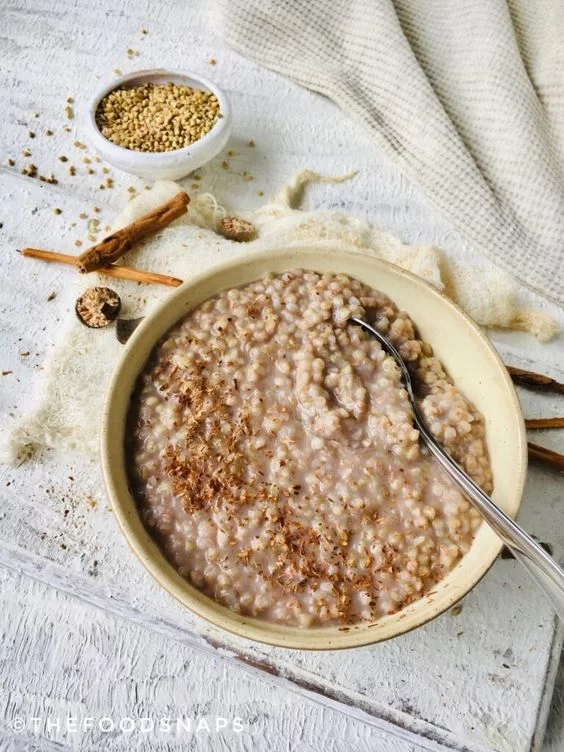
First, let's figure out what is the difference between green, white and brown buckwheat. It's simple. Green buckwheat is a grain of buckwheat that has not been heat treated. The main difference between white buckwheat is that it is briefly steamed before drying. Brown buckwheat, in addition to steaming, is also fried, so its color is more intense.
The benefits of green buckwheat for blood vessels are greater. The content of rutin in it is higher, namely, it is the most valuable plant compound that helps to strengthen the vascular and capillary network. The shell has 17 times more routine than the core. It is he who gives buckwheat its green color. When the groats are heat-treated, the buckwheat shell darkens and loses rutin. Therefore, the beneficial properties of white buckwheat will be higher than brown, but lower than green.
Is fried buckwheat healthy? Of course, yes. In terms of mineral, vitamin composition, nutritional value, brown groats are basically no different from green ones. Especially if you cook porridge from buckwheat (subject it to heat treatment). How to cook buckwheat correctly so that all useful elements can be preserved to the maximum, we will tell further.
How to Cook Buckwheat for Maximum Benefit
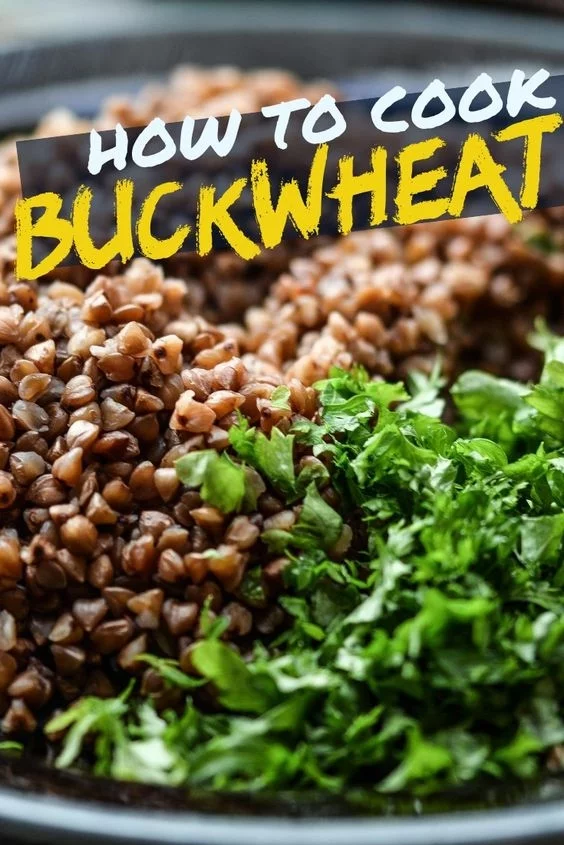
Steamning
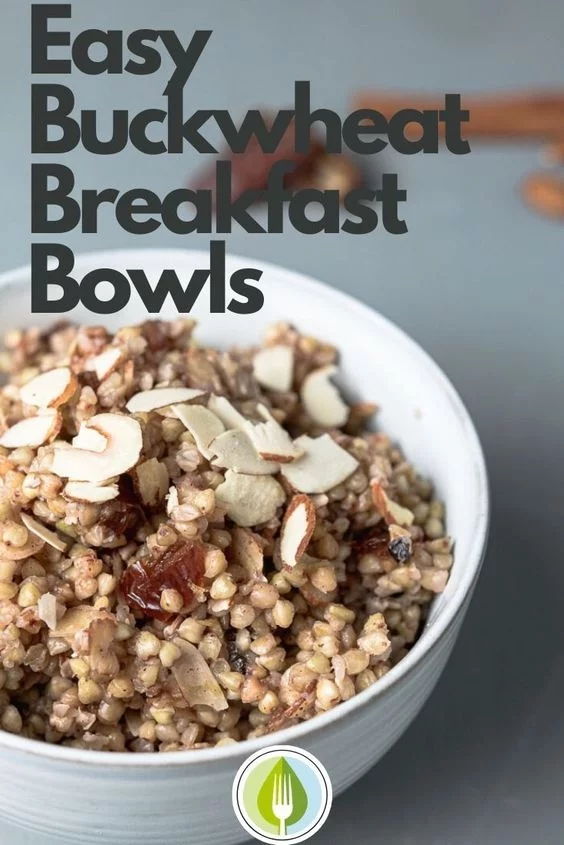
Steaming Of course, the minimally processed product is the most useful, it contains all the micro-and macroelements. Therefore, you should pay attention to the method of steaming in water or milk, when the cereal is poured with hot liquid and left for an hour and a half until it cools completely. You can try to cook buckwheat with kefir. To do this, the raw washed cereal is scalded with boiling water, the water is drained and poured with kefir overnight. In the morning, a healthy breakfast is ready. You can supplement it to taste with any fruits and berries.
Soaking
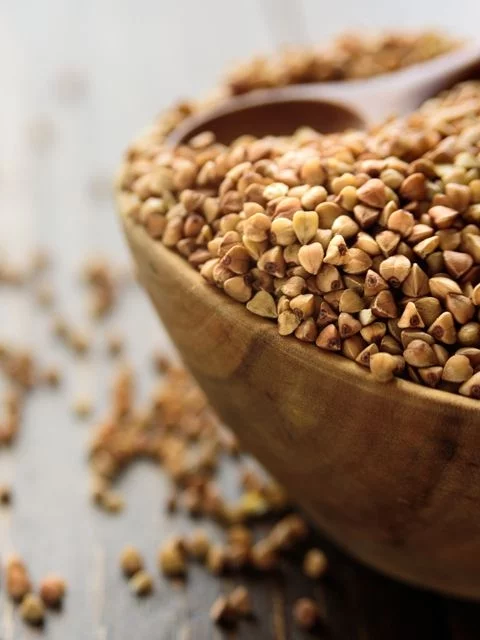
Soaking (followed by a short boil). Another way to cook buckwheat with minimal processing. Place the washed grains in a saucepan and cover with cold water in a 1: 1 ratio. Groats soaked at room temperature swell and after a few hours is a semi-finished product that has retained all the nutrients. After soaking, add a little more water and boil the cereal for a few minutes, season with salt. This side dish is ideal for meat, fish, chicken, mushrooms, and vegetables.
Boiling
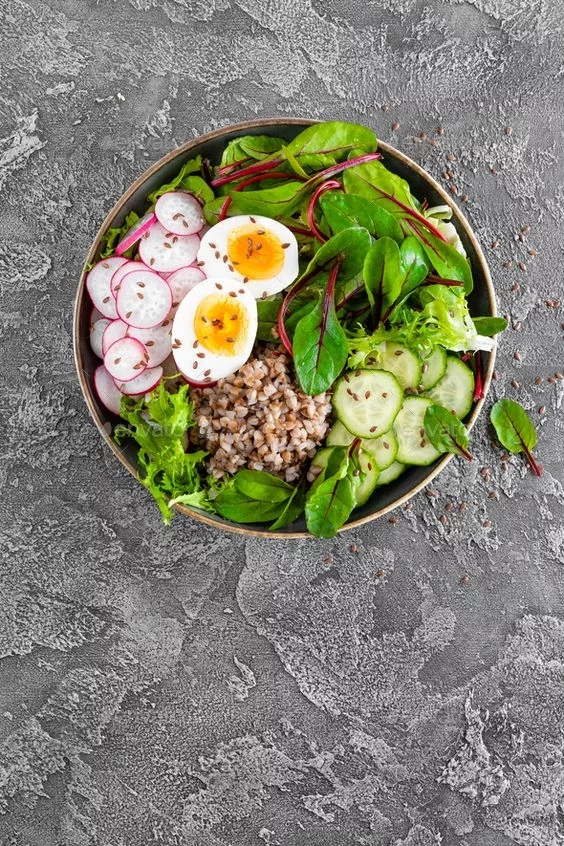
Boiling. In order for the cereal not to lose all its beneficial properties, it should be cooked for no more than 20 minutes. And it is better to reduce this time to 5-10 minutes, and then turn off the heat and cover the porridge with a lid, wrap it up with a towel. Leave in such an impromptu bath for 1-2 hours. A multicooker is also suitable for this purpose.
Frying and baking.
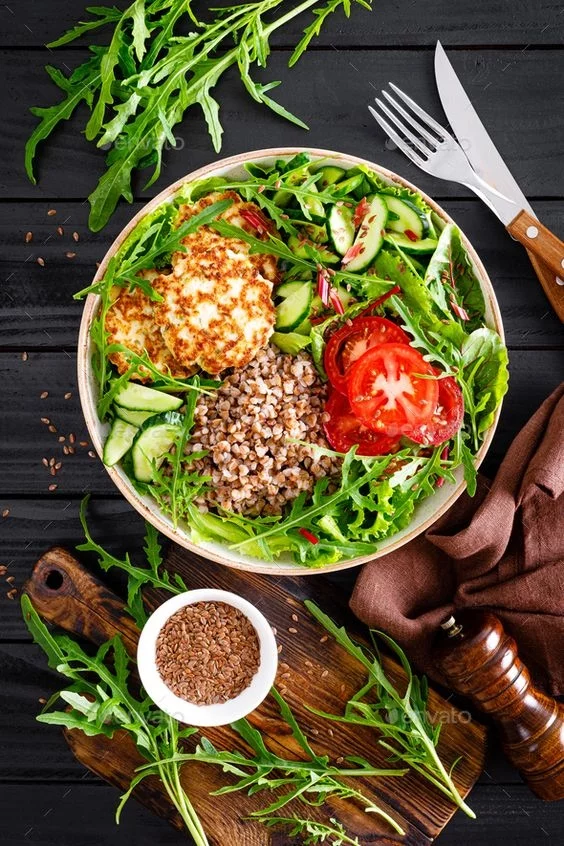
Frying and baking. Fried and baked buckwheat are inferior to boiled buckwheat in terms of benefits. Frying involves a large amount of oil, which will increase the calorie content of the porridge. Baking is long-term processing at a high temperature. This cooking method will lead to the loss of trace elements and protein.
Baking, pancakes, pancakes
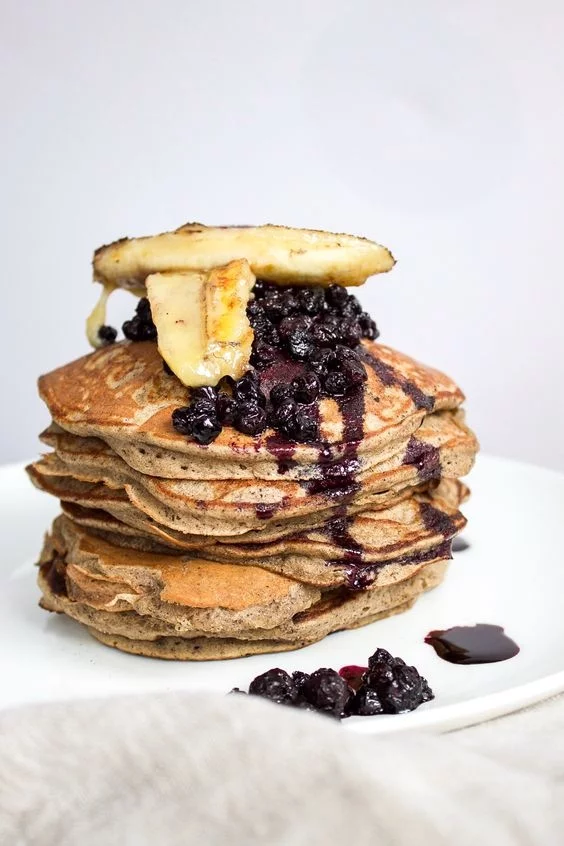
Baking, pancakes, pancakes. Of course, when you add buckwheat flour to the dough, the taste becomes more tart, the aroma - spicier. But still, with prolonged heat treatment, useful elements are lost. Moreover, the presence of a large amount of sugar and fat in products does not make such food useful and healthy. You shouldn't eat such dishes often.
What is Buckwheat Harmful and What are the Contraindications?
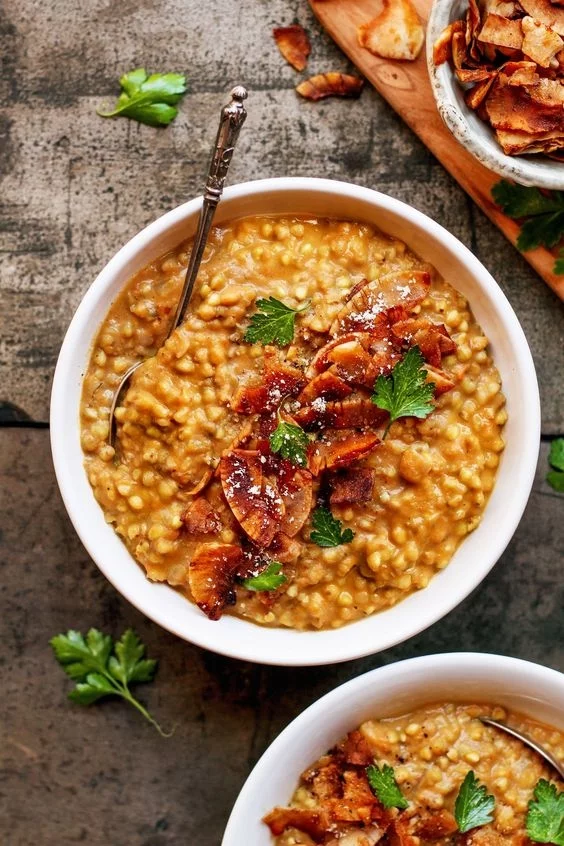
There are no contraindications to the use of buckwheat. But you should not abuse this product, as there are some restrictions. For example, with a tendency to constipation and flatulence, a large amount of fiber is not recommended due to possible discomfort and bloating. But this only applies to buckwheat. In addition, people with impaired kidney function should also not eat buckwheat more than 1-2 times a week.
Buckwheat and buckwheat flour are hypoallergenic products and therefore are often included in therapeutic diets. However, a food allergic reaction to this product is still possible.
Symptoms of buckwheat intolerance:
- skin rash, itching, swelling;
- nausea, vomiting, diarrhea.
If you have an allergy, you need to see a doctor for further treatment and monitoring. Most likely, you will need to be tested for allergens or to do allergy tests. Buckwheat dishes for this period may be prohibited.
 Also Like
Also Like
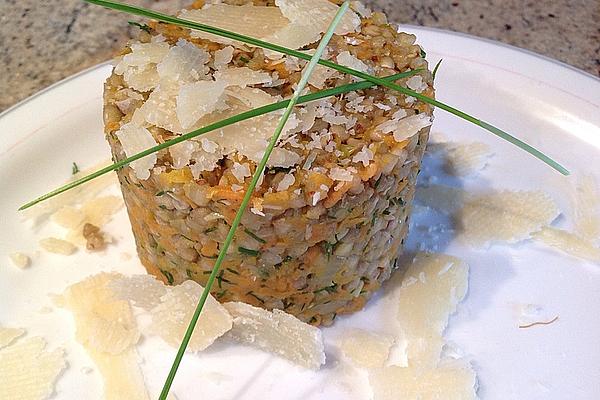
The perfect buckwheat as side dish recipe with a picture and simple step-by-step instructions. More...

The perfect chocolate cake at its best recipe with a picture and simple step-by-step instructions. More...

Asparagus and Its Cooking Methods
The perfect asparagus and its cooking methods recipe with a picture and simple step-by-step instructions. More...

The perfect asparagus in its own juice recipe with a picture and simple step-by-step instructions. More...

Buckwheat Pancakes – Buckwheat Cakes
The perfect buckwheat pancakes – buckwheat cakes recipe with a picture and simple step-by-step instructions. More...

The perfect couscous as side dish recipe with a picture and simple step-by-step instructions. More...
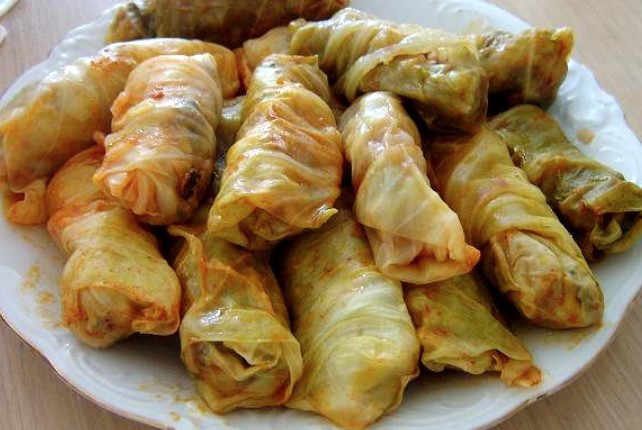
The perfect sarma with side dishes recipe with a picture and simple step-by-step instructions. More...
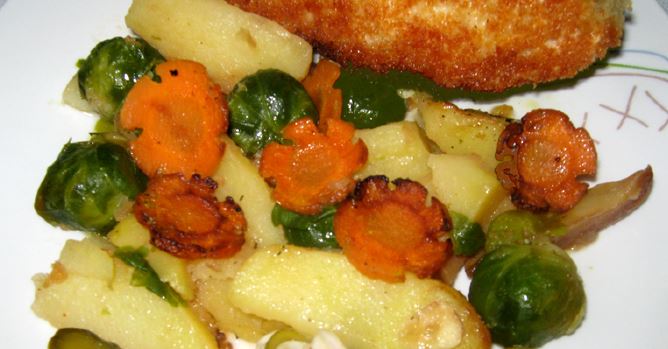
This vegetable mixture is almost a versatile side dish, but I prefer it in a duet with cutlets. On the other hand, as an independent dish, this vegetable side dish is delicious and satisfying! I advise! Servings: 4 Ingredients Brussels sprouts – 15 heads ...
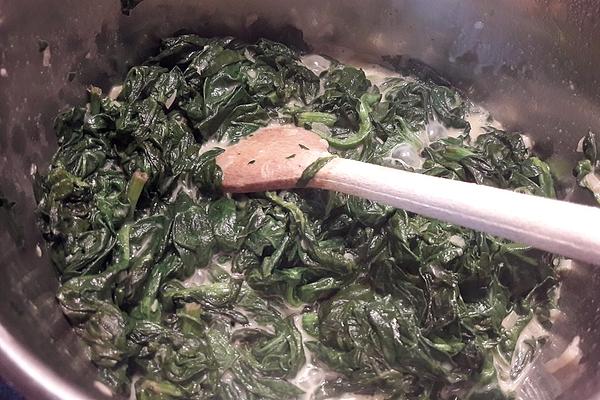
The perfect spinach as side dish recipe with a picture and simple step-by-step instructions. More...
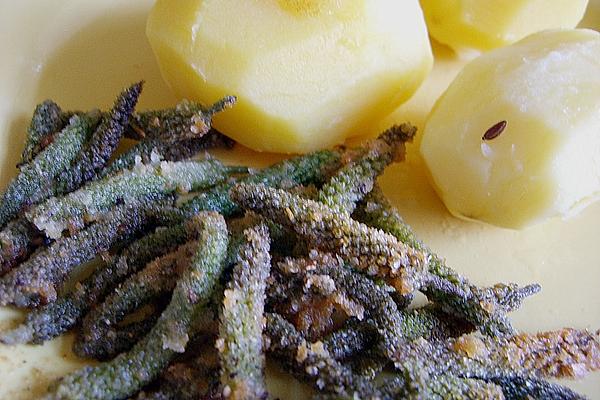
The perfect plantain – side dish recipe with a picture and simple step-by-step instructions. More...

Fig Dessert in Class Of Its Own
The perfect fig dessert in class of its own recipe with a picture and simple step-by-step instructions. More...

Asparagus Cooked in Its Own Juice
The perfect asparagus cooked in its own juice recipe with a picture and simple step-by-step instructions. More...

Trout Cream in Class Of Its Own
The perfect trout cream in class of its own recipe with a picture and simple step-by-step instructions. More...

Pumpkin Soup with Its Own Flavor
The perfect pumpkin soup with its own flavor recipe with a picture and simple step-by-step instructions. More...
Comments for "Benefits of Buckwheat and Its Side Effects"
 |
 |
 |
 |
Get FREE Recipe Gifts now. Or latest free cooktops from our best collections.
Disable Ad block to get all the secrets. Once done, hit any button below
 |
 |
 |
 |















